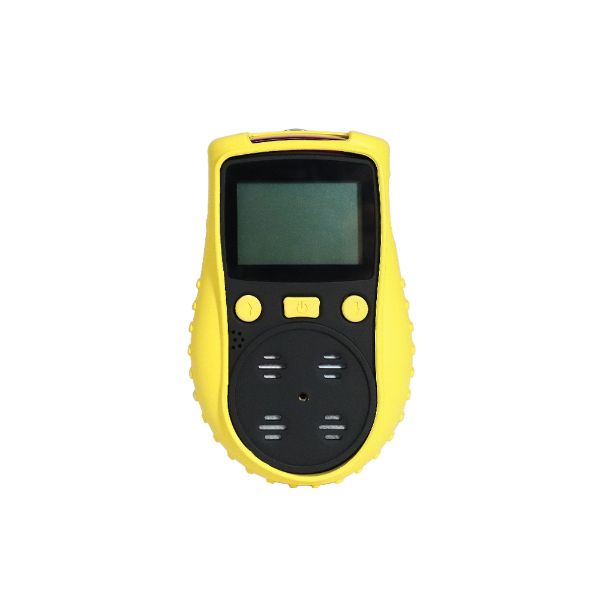Gas Dog Toxic Gas Detectors
COMPANY PROFILE

Gas Dog Toxic Gas Detectors
Overview
GasDog's toxic gas detectors must undergo rigorous certification and testing before they leave the factory to ensure their reliability and safety in a variety of environments. Certification consists of three main categories: performance testing, explosion proof certification and functional safety certification. Performance testing follows IEC 60079-29-1/-4 and ISO 26142 (for hydrogen), which ensure that detectors accurately detect the concentration range of a given gas with high sensitivity and low interference. Explosion-proof certification is for equipment used in hazardous environments and is based on the IEC 60079 series of standards. GasDog detectors with Ex certification are equipped with equipment protection levels that ensure that they are suitable for installation in different hazardous areas, e.g. EPL Ga/Gb/Gc correspond to zones 0, 1 and 2 for gases and EPL Da/Db/Dc correspond to zones 20, 21 and 22 for dusts. Functional safety certifications (IEC 61508 series) ensure that gas detectors, as part of a safety function, maintain a certain level of safety integrity (SIL 1/2/3/4) in the event of a malfunction. These certifications provide GasDog's toxic gas detectors with a reliable performance guarantee for safe use in all types of applications. When choosing the right GasDog toxic gas detector, users need to consider a number of factors, including the type of target gas (single or multiple), gas concentration range, and detection accuracy. In addition, potentially interfering gases are a key consideration to ensure that the detector will work properly in a given environment and avoid false alarms and missed alarms. GasDog toxic gas detectors are used for a variety of purposes, including area monitoring, personal safety, leak detection, and more. Depending on the application, the user needs to decide on the type of detector, whether it is fixed, mobile or portable. For example, fixed detectors are suitable for stationary locations such as factories and chemical plants, while portable detectors are more suitable for site inspections and personal safety monitoring. When it comes to gas sampling methods, GasDog offers a variety of options, including diffusion, inhalation and open-circuit. These different sampling methods can be flexibly selected according to the actual application to ensure the best detection results. At the same time, considering the environment in which the gas detector will be used, users need to pay attention to its explosion-proof hazardous area classification to ensure that the device complies with the relevant standards. In addition, GasDog's toxic gas detectors are also very conscientious in the choice of materials, the sensor housing needs to be compatible with the environmental conditions, to resist corrosion, wind and rain and other external factors. GasDog's detectors also provide effective gas detection in specialized environments, such as oxygen-enriched or under-oxygenated environments. Catalytic sensors may fail in under-oxygenized environments, while combustible gas detectors need to be concerned with the reduction of combustible gas LELs in oxygen-enriched environments.Actions
Primary Address
1378 Madison Avenue, Apt 5B, New York, NY 10029, New York, 1378 Madison Avenue, United States 10001
Social Media
Key Facts
| Services: SEO, Small Business SEO, Web Marketing | |
|
Founded: 1996
Revenue:
Firm Size: 136
No of Clients:
|
|
| Client Name: | |
|
Key People:
36 |
